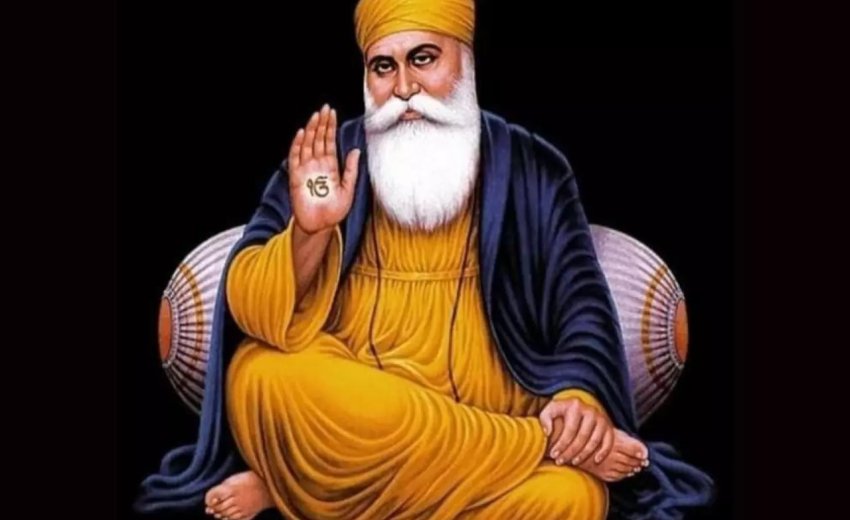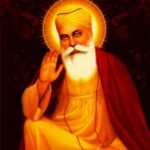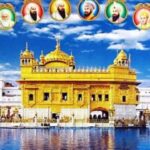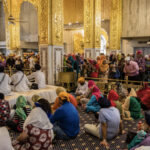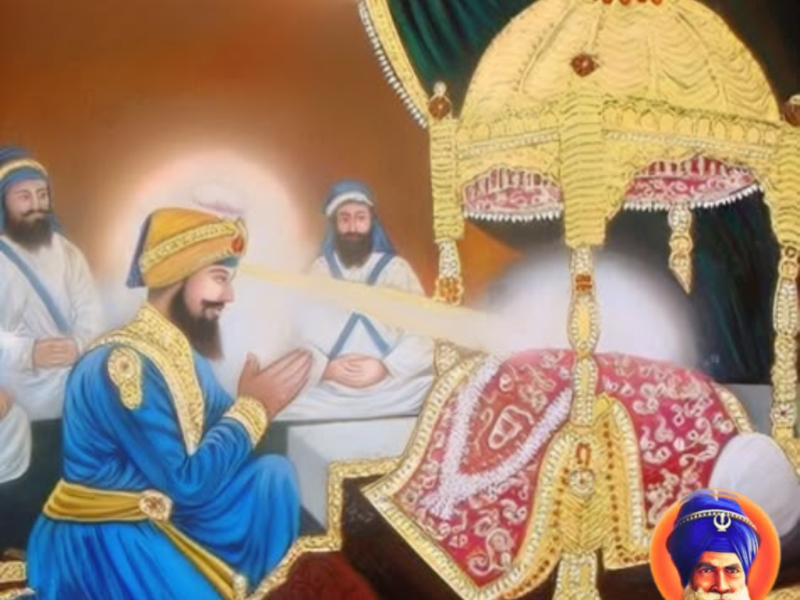In the late 15th century, Philosophy, Sikhism, and religion were found in the Punjab state of an Indian subcontinent. Its members are denoted as Sikhs. The Sikhs call the faith Gurmat (the Way of the Guru). As per to Sikh tradition, Sikhism was set up by Guru Nanak and with due course led by a course of nine other Gurus. All 10 human Gurus, Sikhs faith, were settled by a single spirit. Upon the Guru Gobind Singh, death of the 10th, the spirit of the eternal Guru transfer itself to the Sikhism, sacred scripture, Guru Granth Sahib (The Granth as the Guru), also denoted as the Adi Granth (First Volume), which thereafter was looked on the sole Guru. In the start up of the 21st century there were close to 25 million Sikhs globally, the seniority of them living in the Punjabi state.
Sikhism focuses attention on simran (remembrance and meditation of the words of Almighty), which could be expressed musically through kirtan, or inwardly through naam japna (meditation on His name) as a means to felt Almighty presence. It taught followers to transforming the 5 ones – greed, temper, loyalty, lust, and self image.
Sikhism created from the divine teachings of Guru Nanak, the foremost Guru (1469–1539),and of the nine Sikhism gurus who prosper him.. Guru Nanak taught that to live an active, practical and creative life of truthfulness, purity, fidelity, self-control and fidelity is above the abstract truth, and that the ideal man set up union with Almighty, denoted His Will, and carried out that Will.
Khalsa – To be pure, to be clear, to be free from denoted to both a section that considered Sikhism as its faith, along with a specialised community of initiated Sikhs. The Khalsa culture was initiated by the Guru of Sikhism. In the history of Sikh, its setting up was the major event. In the course of the Vaisakhi fest, the foundation of Khalsa is observed by Sikhs.
Guru Gobind Singh Ji developed and started off the Khalsa as a warrior with the duty to protect the innocent from any format of religious mistreatment. The beginning of a Khalsa began a new phase in the Sikhism tradition. It worked out an initiation ceremony (nectar ceremony, amrit pahul) and rules of conduct for the Khalsa warriors. It developed a new institution for the non spiritual leadership of the Sikhs, replacing the earlier masand structure. Add on, the Khalsa gave a religious and political vision for Sikhism.
The foremost Sikhism guru, Guru Nanak, the father of Sikhism persons, was the Bhakti saint. He taught that the most significant format of worship is Bhakti (devotion to Waheguru). Guru Arjan, in the Sukhmani Sahib, suggested the pure religion is one of loving devotion to Almighty.
As per Guru Nanak, the major cause of the people’s life is to reunify with Akal. However, egotism is the biggest barrier in making this connection. Utilizing the Guru’s teaching remembrance of the divine Name of the Lord leading to the elimination of ego. Guru Nanak nominated the word Guru (‘teacher’) to mean the spirit voice: the place of origin of knowledge and the guide to saving. As ik onkar is globally essential, Guru is very similar to Akal and are one and the same. One connecting with Guru only with growth of selfless truth search. Ultimately the entrant realises that it is the consciousness within the body which is the follower/seeker of the Word that is the pious Guru. The human body is just a manner to reach the reunion with Faith Truth. Once truth begins to shine in a people’s heart, the essence of past and current holy books of all teaching is recognized by the individual.
Service and Action
The Sikh gurus give lessons to that by continually remembering the divine name and through selfless service the devotee overcoming Haumai. This, it denoted, is the core root of the cycle of death and birth and 5 evil drives.
In Sikhism, servicing takes 3 forms: Tan (substantial service, i.e. labor), Man (mental service such as dedicating the heart for the service of others), and Dhan (material service, including financial support). Sikhism strain kirat karō, that is, “Great work”. Sikh gospel also covered the basis of sharing, given out to the needy for the gain of the group.
In a factual way, Lord has no femininity in Sikhism, but, inexactly, Almighty is given out as the well built and Lord strength as feminine. For example, Guru Gobind Singh refers to Almighty as his father, and Almighty innovative power as his mother. Similarly, other example is that the Guru Granth Sahib, the prime Sikh scripture, says that all people are soul-brides who longer to unite with the husband God.In addition, the gurus do written in the Guru Granth Sahib that there are numerous planets on which the spiritual Almighty had created life.
